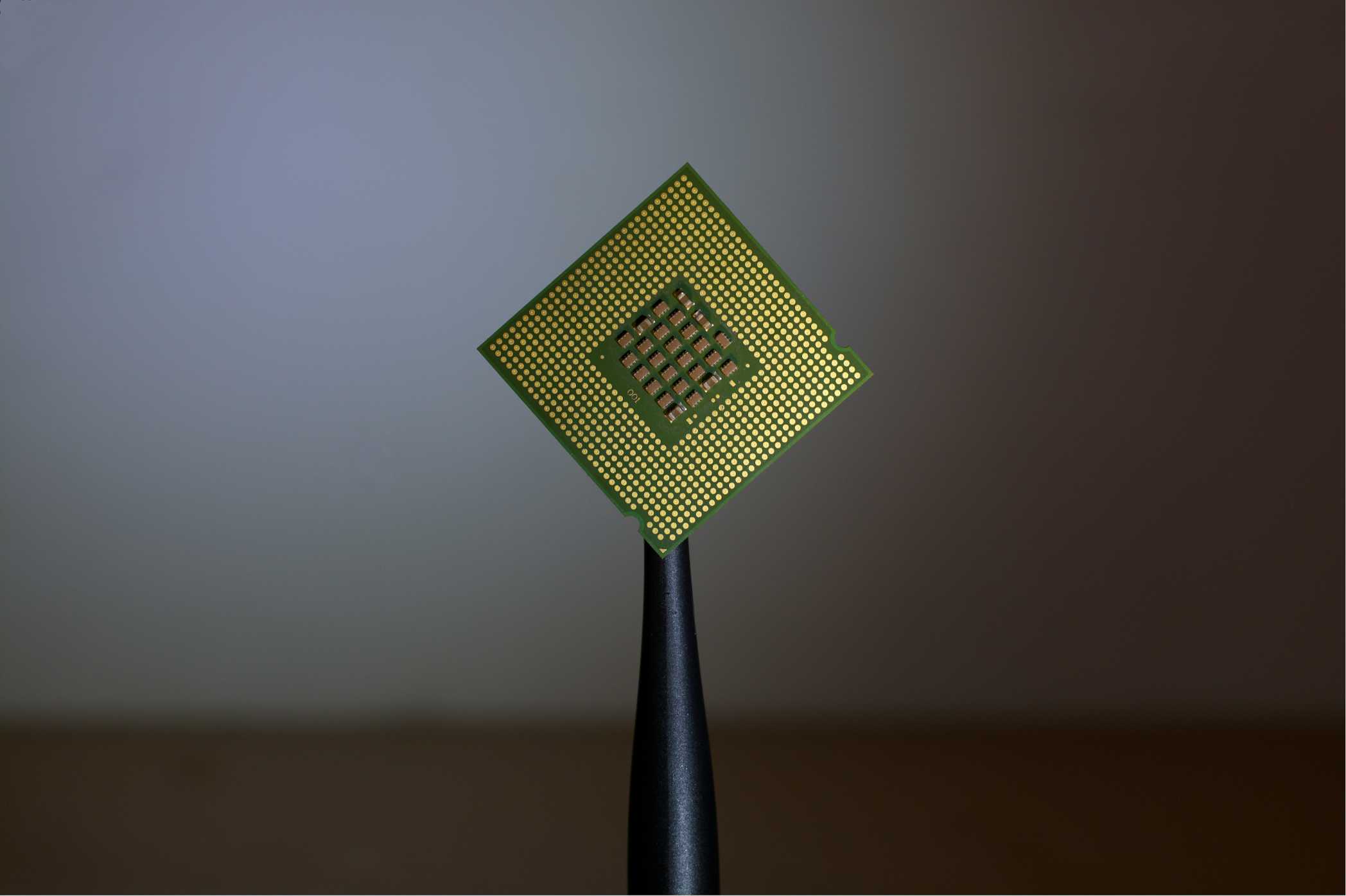AI vs. Human Intelligence: A Complete Comparison
An in-depth look at the fundamental differences between artificial intelligence and human cognition, exploring their unique strengths and weaknesses in learning, creativity, and adaptability.

The conversation around Artificial Intelligence (AI) and human intelligence is often framed as a competition—a futuristic battle for cognitive supremacy. But this is a fundamental misunderstanding. AI and human intelligence are not two contenders in the same weight class; they are different kinds of intelligence, each with a unique architecture, distinct strengths, and profound limitations. Understanding these differences is key to navigating our increasingly automated world and harnessing the power of AI as a tool to augment, not replace, human potential.
This comparison explores the core distinctions between how humans think and how machines "think," breaking down the comparison across key domains like learning, creativity, adaptability, and consciousness itself.
The Architectural Divide: Carbon vs. Silicon
The most fundamental difference lies in their underlying hardware. Human intelligence is a product of biological evolution, running on a complex, wet, and messy neural network of approximately 86 billion neurons. Our thinking is slow, parallel, associative, and deeply intertwined with emotion and embodied experience. We learn from relatively small, high-context datasets (our own lives) and excel at generalizing from limited information.
AI, particularly deep learning models, runs on silicon. It is a product of human engineering, operating on vast arrays of GPUs and TPUs. Its thinking is fast, serial, and mathematical. It learns by identifying statistical patterns in enormous, low-context datasets. It excels at specific, well-defined tasks where the rules are clear and the data is abundant.
| Feature | Human Intelligence | Artificial Intelligence | | --- | --- | --- | | Learning | Slow, requires experience, context, and emotion. | Fast, based on vast datasets and algorithms. | | Speed | Limited by biological processes. | Extremely fast, can process terabytes in seconds. | | Accuracy | Prone to errors, fatigue, and cognitive biases. | Highly accurate and consistent for specific tasks. | | Creativity | Genuine originality, abstract thought, emotion. | Remixes existing patterns, lacks true understanding. | | Adaptability | Highly adaptable to new, unseen situations. | Brittle, struggles with tasks outside its training. | | Consciousness | Subjective experience, self-awareness, emotions. | None. It is a complex pattern-matching machine. |
Learning and Adaptability: Generalists vs. Specialists
One of the most striking differences is in how we learn and adapt.
Human Learning: A child does not need to see a million pictures of a cat to identify one; they might only need to see a few. This is because human learning is deeply contextual. We build a rich, internal model of the world based on physics, social dynamics, and lived experience. We are incredible generalists, able to apply knowledge from one domain to a completely new and unseen one. If you can drive a car, you can probably figure out how to drive a go-kart or a small truck without starting from zero.
AI Learning: An AI model, on the other hand, is a hyper-specialized savant. To learn what a cat is, it must be trained on a massive dataset like ImageNet, which contains millions of labeled images. It becomes incredibly good at this specific task—often better than humans. However, its knowledge is "brittle." The same model that can identify a cat with 99.9% accuracy has no concept of what a cat is—that it purrs, that it's a mammal, or that it shouldn't be put in a washing machine. It cannot transfer its knowledge to a novel task without being explicitly retrained.
This makes humans highly adaptable generalists and AI incredibly powerful specialists.
Creativity and Originality: Meaning vs. Mimicry
The rise of generative AI has sparked intense debate about creativity. Can an AI create true art?
Human Creativity: Human creativity stems from subjective experience, emotion, and a desire to communicate a unique point of view. It is about connecting disparate ideas to create something genuinely new that carries meaning. A human artist paints a picture not just by combining patterns they have seen before, but by channeling their feelings, memories, and intentions onto the canvas.
AI "Creativity": AI, in its current form, does not create; it remixes. A generative art model like Midjourney or DALL-E has been trained on a vast dataset of human-created images. When you give it a prompt, it is not "imagining" a concept. It is using complex mathematical processes to generate a new image that is a statistical amalgamation of the patterns it has learned from its training data. It is a supremely sophisticated form of mimicry, but it lacks the internal experience and intent that defines human art.
While the output can be beautiful, novel, and inspiring, the process is fundamentally different. AI is a powerful tool for creativity—a new kind of paintbrush—but the artist holding the brush is still the human.
Consciousness and Understanding: The Elephant in the Room
The final and most profound difference is consciousness.
Human Intelligence is characterized by subjective experience, or "qualia." We don't just process the color red; we experience it. We have feelings, self-awareness, and a rich internal world. We understand the "why" behind things.
Artificial Intelligence has none of this. An AI, no matter how sophisticated, is a complex chain of mathematical functions. It can process the word "sadness" and associate it with other words and concepts, but it does not feel sad. It has no subjective experience, no self-awareness, and no genuine understanding. It is a pattern-matching machine, and a Large Language Model (LLM) is often described as a "stochastic parrot"—brilliantly repeating patterns of human language without any comprehension of its meaning.
Conclusion: A Symbiotic Future
Framing the relationship between human and artificial intelligence as a zero-sum game is a mistake. AI is not our competitor; it is our creation and our tool. Its strengths are a mirror image of our weaknesses, and vice versa.
- AI excels at speed, scale, and accuracy in well-defined, data-rich environments.
- Humans excel at adaptability, creativity, and common-sense reasoning in novel, data-poor environments.
The future is not one of replacement, but of symbiosis. AI will handle the repetitive, data-intensive tasks, freeing up humans to focus on the things we do best: asking new questions, setting strategic direction, navigating complex social dynamics, and creating things that have never been seen before. The most effective professionals of the next decade will be those who learn to partner with AI, using it as a cognitive exoskeleton to augment their own innate human intelligence.



